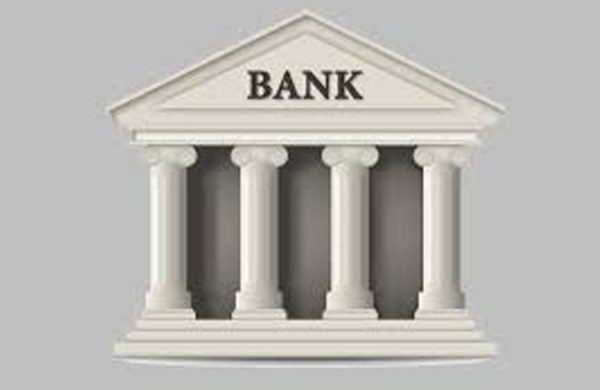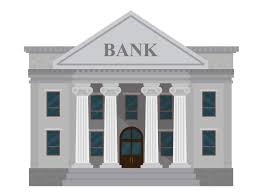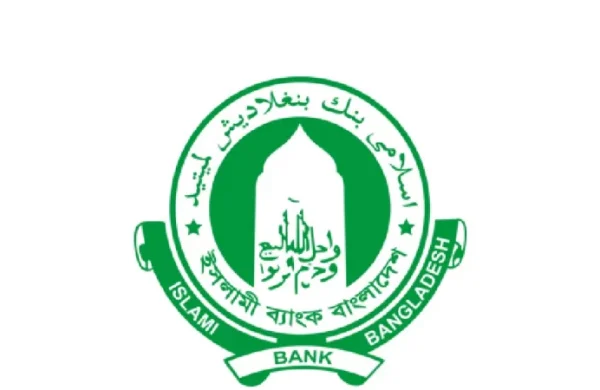Banks snapping up windfall from gaping interest spread
- Update Time : Saturday, May 24, 2025

Staff Correspondent:
Banks are bagging a windfall from gaping spread between lending and deposit interest rates that banking experts dub a violation of relevant guidelines and international best practices.
On an ascent in a pickup from a descent two years back, the interest-rate spread for banks recorded a significant rise in March 2025, indicating a potential rise in their profitability.
The spread between the weighted average interest rate (WAIR) on advances and deposits for all banks increased by seven basis points to 5.87 per cent in March, compared to the previous month. This level was last seen in October 2024, according to Bangladesh Bank data.
In contrast, nonbank financial institutions (NBFIs) saw a reversal of their fortunes as their spread shrank.
The spread between the WAIR on advances and deposits for NBFIs fell by three basis points to 3.18 per cent in March.
Both banks and nonbanks experienced a rise in their average deposit rates during the month, in a rebound. The WAIR on deposits rose to 6.17 per cent for banks and 10.61 per cent for NBFIs in March last.
Similarly, the WAIR for both banks and NBFIs on advances also increased. For banks, it climbed to 12.04 percent, for NBFIs, it reached 13.79 per cent that month.
In the meantime, the spread between WAIR on advances and deposits for SMEs and large industries increased 6.26 per cent and 6.24 per cent respectively, while in agriculture and services decreased to 5.66 per cent and 6.60 per cent in March compared to the previous month.
“It is unusual. It is too much. The high gap shows that banks are ultimately benefiting,” says Shah Md Ahsan Habib, a professor at the Bangladesh Institute of Bank Management (BIBM).
He notes that borrowers are the losers in a high-interest regime, while depositors appear to benefit.
“But, even depositors are not gaining as much as expected under the current high-interest environment. Banks are making more money,” the banking professor and researcher.
Mr. Habib notes that ideally, the interest-rate spread should range between 3.0 and 4.0 per cent-at the most, 5.0 per cent.
He stresses that well-performing banks, in particular, should maintain a lower spread.
Syed Mahbubur Rahman, managing director and CEO of Mutual Trust Bank PLC, a privately-owned commercial bank, echoes the observations.
He says the wide spread between deposit and lending rates suggests higher income for financial institutions.
However, he says not all of this income translates into profitability.
“Many banks are required to make substantial provisioning for their rising non-performing loans (NPLs),” he points out.
Mr. Rahman cites that as many as 19 banks failed to distribute dividends last year, despite enjoying a favourable spread.
The senior banker mentions that some banks have raised interest rates on fixed deposits-offering up to 11.5 per cent for three-month tenures-to attract funds as they need the money.
“In the current environment, savers are increasingly looking for financially sound banks to park their money,” says Mr. Rahman.
He also notes that a growing number of individuals are investing in government treasury bonds to benefit from high interest while avoiding risk.
On the other hand, economists warn that a high spread can hurt both depositors and borrowers.
Dr. Monzur Hossain, a member of the General Economics Division, feels that in developing countries like Bangladesh, the spread should ideally not exceed 5.0 per cent.
“The optimal range would be 4.0 to 4.5 per cent, in line with international best practices,” he says.
He mentions that a wider spread indicates inefficiencies in the financial sector.
“It shows that banks are relying heavily on interest income. A rational and efficient spread should be maintained,” Hossain says.
The spread, which dropped to 2.93 per cent in June 2023, went on the ascent again after July 2023, when the Bangladesh Bank removed the 9.0-percent lending-rate cap and introduced the Six-Month Moving Average Rate of Treasury Bills (SMART) as a new benchmark for pricing loans.


















